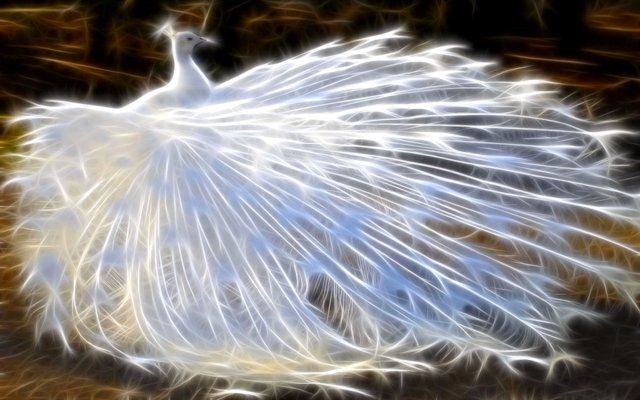Peacock
 Natural history
Natural history
In both species of Pavo, the male has a 90–130-cm (35–50-inch) body and 150-cm (60-inch) train of tails feathers that are coloure a brilliant metallic green. This train is mainly formed of the bird’s upper tail coverts, which are enormously elongated. Each feather is tipped with an iridescent eyespot that is ringed with blue and bronze. In courtship displays, the cock elevates his tail, which lies under the train, thus elevating the train and bringing it forward. At the climax of this show, the tail feathers are vibrated, giving the feathers of the train a shimmering appearance and making a rustling sound.
The blue peacock’s body feathers are mostly metallic blue-green. The green peacock, with a train much like that of the blue, has green and bronze body feathers. Hens of both species are green and brown and are almost as big as the male but lack the train and the head ornament. In the wild, both species live in open lowland forests, flocking by day and roosting high in trees at night. During the breeding season, the male forms a harem of two to five hens, each of which lays four to eight whitish eggs in a depression in the ground. The eggs are incubated by the peahen until they hatch some 28 days later. The chicks have all of their feathers when they emerge from their eggs and are capable of flight roughly one week after hatching. Most blue and green peafowl become sexually mature at age three. Some male blue peafowl have been known to breed as early as age two.